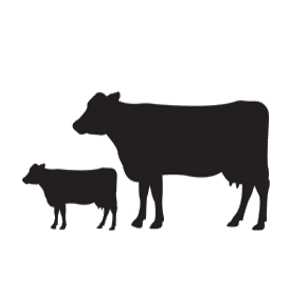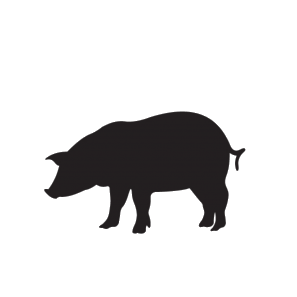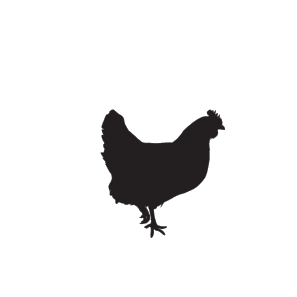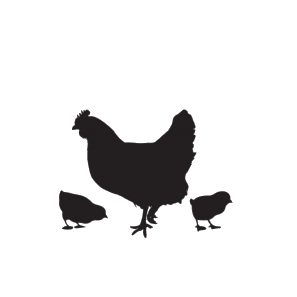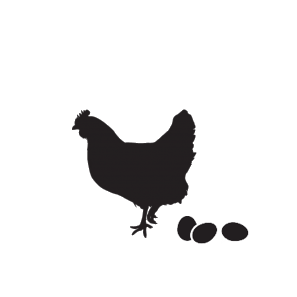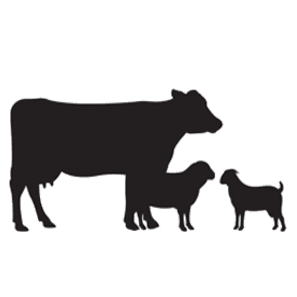The medicinal use of zinc oxide can be replaced by adding prefermented rape seed through pig diets, according to the 1st results of a Danish scientific study.
First results or the research were published late January at the university’s pig event ‘Up to Date 2018’. Effects of lactic acid producing bacteria are often used as probiotic supplements to promote gut health, the researchers explained there, but results had not always been convincing, hence the trials.
Trials start before weaning
The researchers tested these ingredients in piglet diets from 10 days prior to weaning until 91 days post-weaning, when the pigs were on average 33kg. The scientists hoped to find the effects on feed intake and growth rate both by the end of the grower phase and at slaughter.
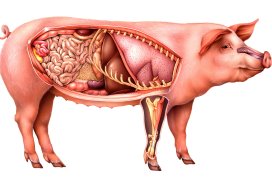
Find out all there is to know about pig health using Pig Progress’ unique Pig Health Tool
The trials were conducted at a commercial farm in Łosice, Poland. In total 9 different dietary treatment groups were included.
Diets offered to the pigs
The following diets were offered; each treatment group had 50 piglets per pen.
- No supplementation of zinc (negative control);
- 2,500 ppm zinc oxide (positive control);
- 8% of dry matter as prefermented rape seed;
- 10% of dry matter as prefermented rape seed;
- Similar to treatment group 4 + 0.6% of dry matter brown algae product;
- Similar to treatment group 4 + 1.0% of dry matter brown algae product;
- 12% of dry matter as prefermented rape seed;
- 15% of dry matter as prefermented rape seed;
- 25% of dry matter as prefermented rape seed.
The ingredients were products used from Danish company Fermentation Experts. The prefermented rape seed is commercially available as EP100i and the brown algae product as EP900.
Results of prefermented rape seed in pig diets
The researchers reported that feed supplied by prefermented rape seed, when compared to the negative control (without zinc) led to an increased average daily gain (ADG) from 10 days prior to weaning until exit from the weaner unit.
In addition, the researchers reported that villi and enterocytes were had developed, with maximum effects at 8 and 10% dry matter. On top, the diets improved small and large intestinal barrier function and the small intestine’s surface area, and it reduced the number of lost and eliminated piglets without reducing the diarrhoea incidence.
When comparing the feed supplied by prefermented rape seed with the positive control (with 2,500 ppm zinc), the scientists noted that both average daily gain and feed conversion ratios were better, leading to heavier piglets at weaning and exit. This prevented mortality and the need for antibiotic treatments to the same extent as in the zinc approach, according to the research team.
Results for brown algae in pig diets
The researchers also stated that adding the brown algae to the feed led to increased piglet weight at weaning. It also decreased average daily gain from day 31 to 64 after weaning and therefore decreased the exit weight. The brown algae addition blocked the stimulating effect of the prefermented rape seed approach on villi length and enterocyte height, but not its effect on the intestinal barrier function.
Further results are expected after March 2018, when the pigs involved will be sent for slaughter.
Source: Pig Progress




